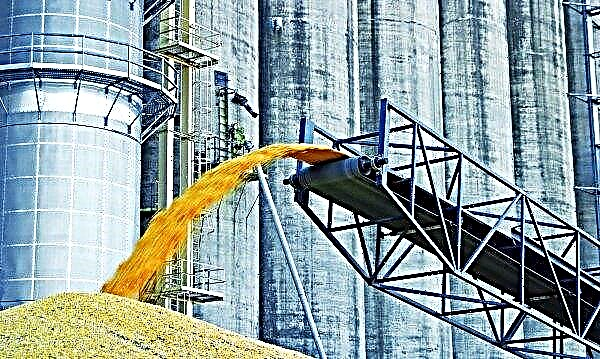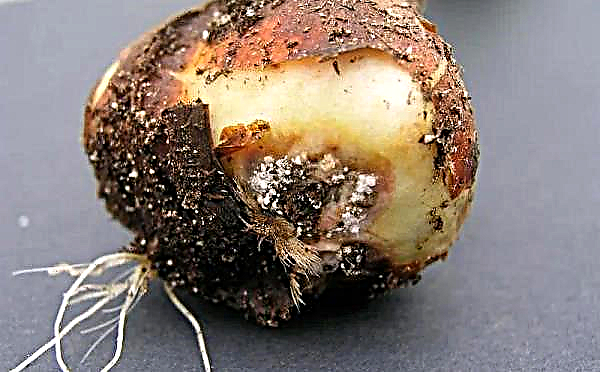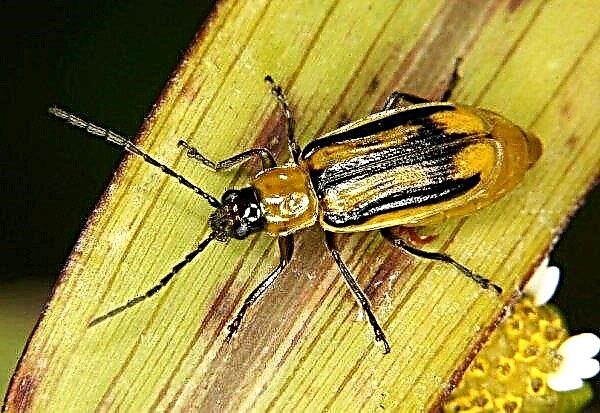The ASF crisis is affecting the herd, leading to a reduction of Poland’s national livestock by 880,500 heads.
After 5 years of ASF presence in Poland, the disease affects pork production, which decreased by 1% in the first four months of 2019. Last year, Poland reported a 55% increase in production, but this was due to the fact that the producers left the industry, according to AHDB analysis.
“The number of livestock in 2018 decreased sharply. The total number of pigs fell by about 880,500 heads (-7%) from December 2017 to 2018, to a three-year low. The number of sows over this period decreased by 18%, indicating a decline in domestic pig production, ”said Alex Cook, AHDB analyst.
Between 2014 and 2018, Poland imported live pigs from Denmark to narrow the gap created on its farms due to the growing number of ASF outbreaks reported each year. “Real-time imports prevented a larger reduction in pork production in Poland.

Import live pigs weighing up to 50 kg. in 2018, it increased by 27%, amounting to 7.2 million heads, with most of the stocks of Danish origin. Since ASF infects large parts of the country, it makes sense to increase imports from unaffected areas as a short-term solution. Nevertheless, in January-April 2019, the volume of imports decreased by 3% compared to the previous year, ”Cook added.
Despite the reduction in the number of pigs, exports grew to 827,600 tons (+ 2%) in 2018 and continued to grow in the first 4 months of the year, reaching 287,600 tons (4%). However, since June, Germany, one of the largest importers of Polish pork, has been blocked in the Philippine market after 250 kg were discovered in the consignment. pork from Poland.

The Philippines banned Polish pork due to ASF in the country. In the second half of the year, analysts predict a further decline in pork production in Poland.












